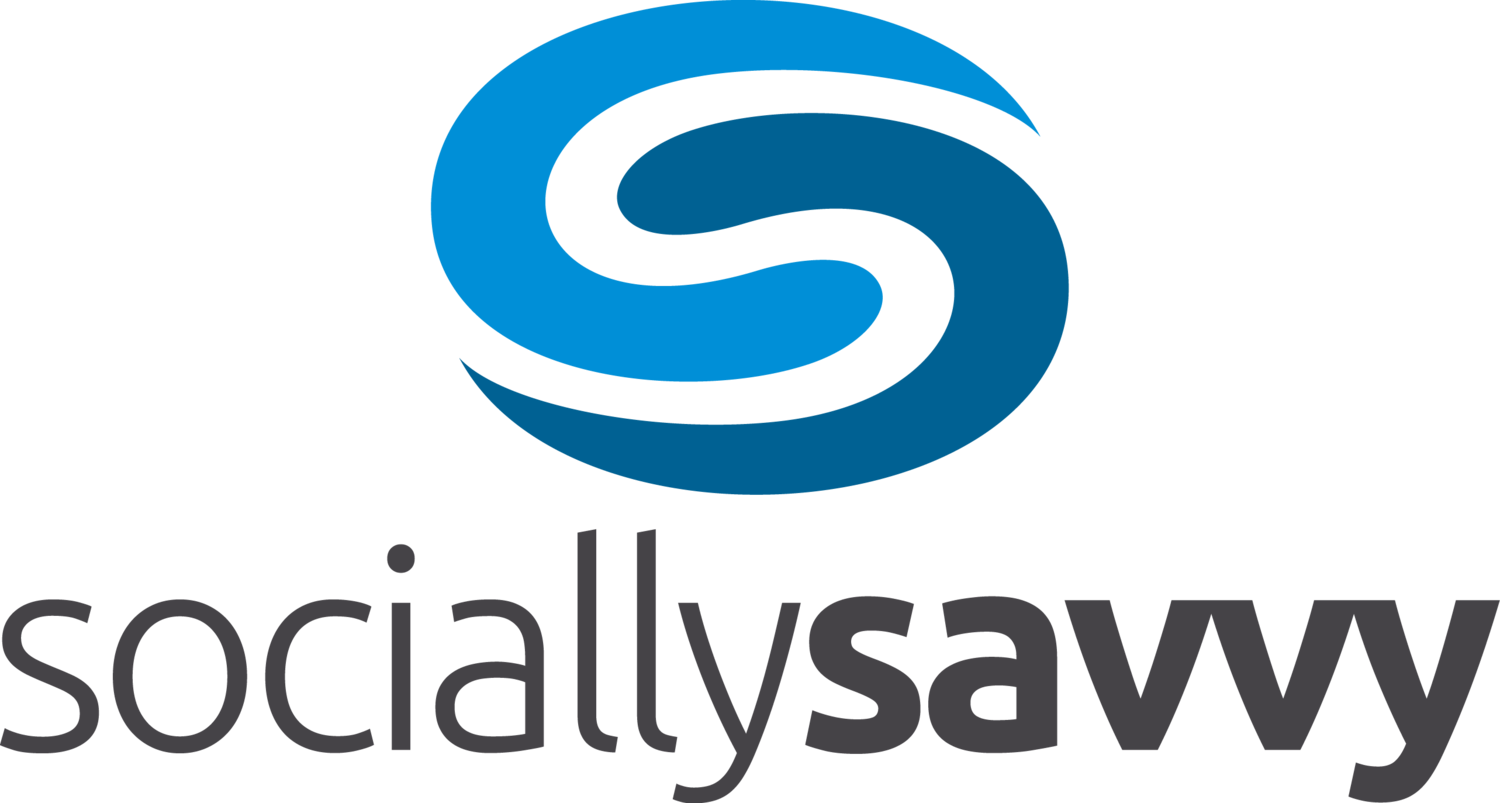Successful social business programs focus on developing the social media skill set and judgment of their employees.
I. Social Media Basics & Jumpstarting the Employee Brand
At the onset of a social engagement program, organizations focus on educating employees on the state of social media in business, the value inherent in a social skill set to career, how to use social media (for example, channels such as LinkedIn and Twitter), and the policies and guidelines that govern its use in the workplace. In large part, phase one involves the basics and building of the employee’s network and personal brand.
II. Employee Engagement and Activation
In step two, employees apply the basic training they have been given to optimize their profiles and social presence (for example, employing keywords), build their networks, create systems or leverage existing tools to evaluate what is working and what is not working, and begin to add value and share expertise through posting original content and engaging in discussions.
III. Adding Value to and Giving Back to Your Network
The third phase of social engagement involves giving back and adding increased value to and across your network. At this stage, employees are engaging in social as a matter of practice during their day, following a routine including consuming and producing content, sharing and commenting on content of interest, and advocating on behalf of people they admire. At this point, employees are advancing their social craft, helping others and converting online relationships to real world interactions.
IV. Advanced Social Business Tactics
In the advanced phase of social engagement, employees are largely self-directed and willingly provide social insights and knowledge to their networks, peers and colleagues. More advanced activities are common at this stage such as moving fluidly from digital to real world context as a matter of course. At this stage, social engagement leads to influence, as value is pivotal in the employee’s interactions. Often, in the advanced stage, the employee introduces time management to develop social discipline, has a “to do list” that includes social activities and uses social as a primary channel for reaching or communicating with his or her network.
Take Aways
The cornerstone traits of any successful social engagement program are authenticity, trust and transparency. Your employees must feel that the organization is sincere in its commitment to investing in the employee’s individual brand and network. As employees are successful in developing social business skills, they need to feel empowered to fully engage and interact with the backing of their employer. Candor and open communication about social best practices and challenges builds the social culture of an organization. And over time, the corporate identity benefits.
Many organizations are starting their social business journey by piloting the above four steps with a small group of social advocates. Often times this is a group of people who have raised their hand or opted into working with the social leadership to vet out the approach that will be taken with the broader organization.
As we look to the future, it is imperative that organizations formalize their social engagement programs to remain competitive in attracting and retaining digital talent.

